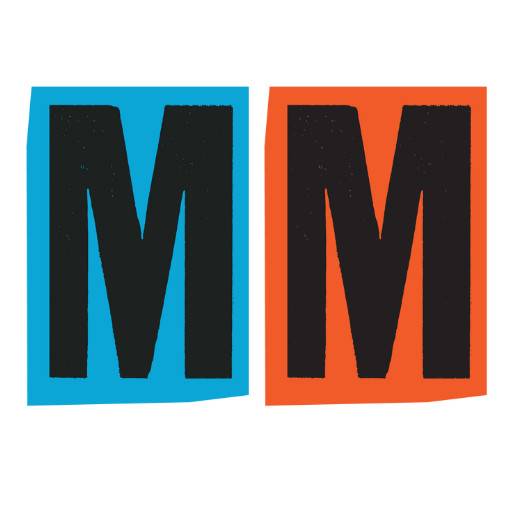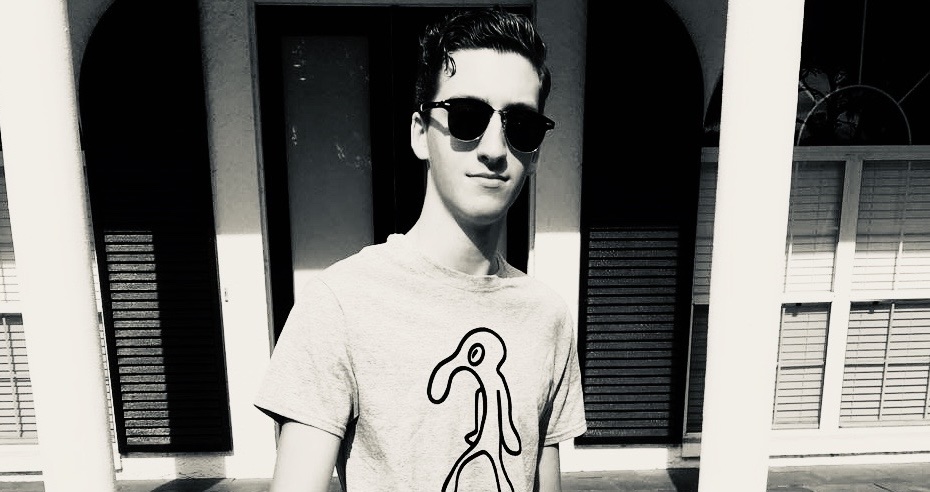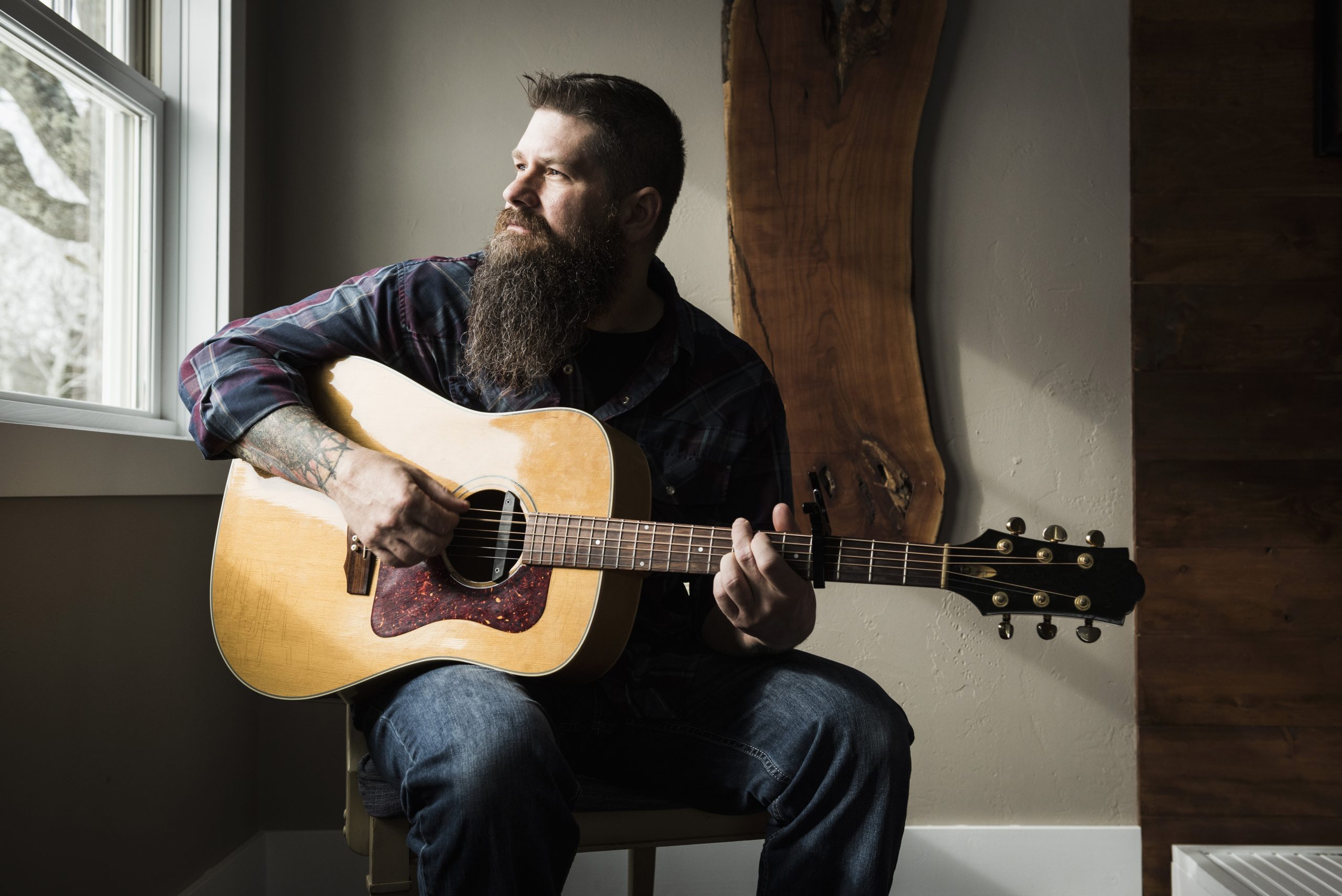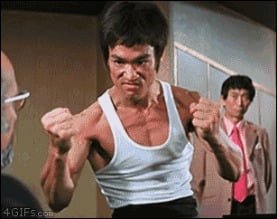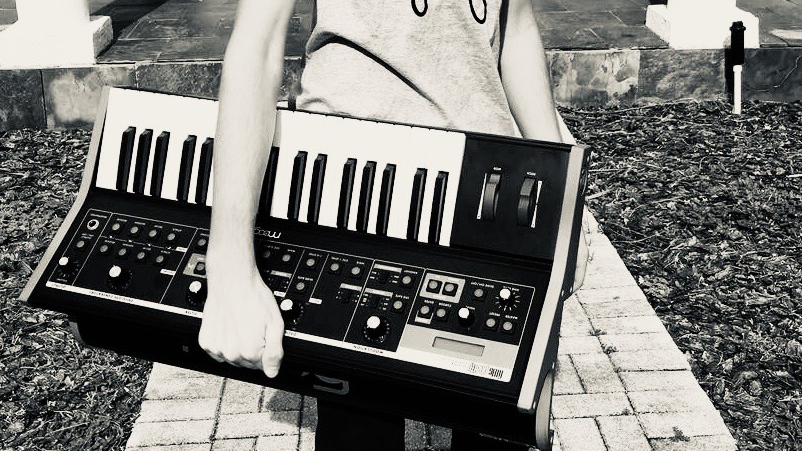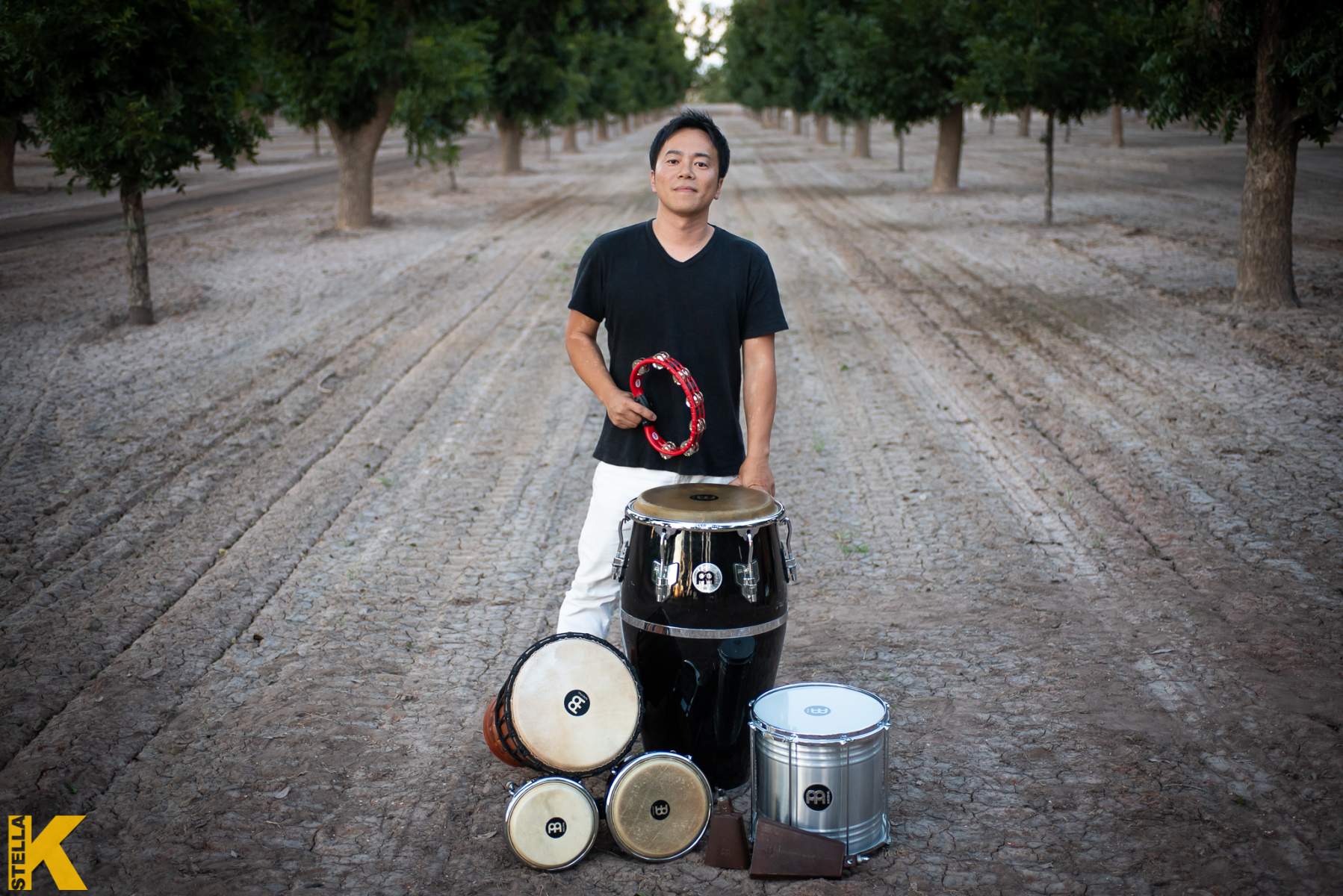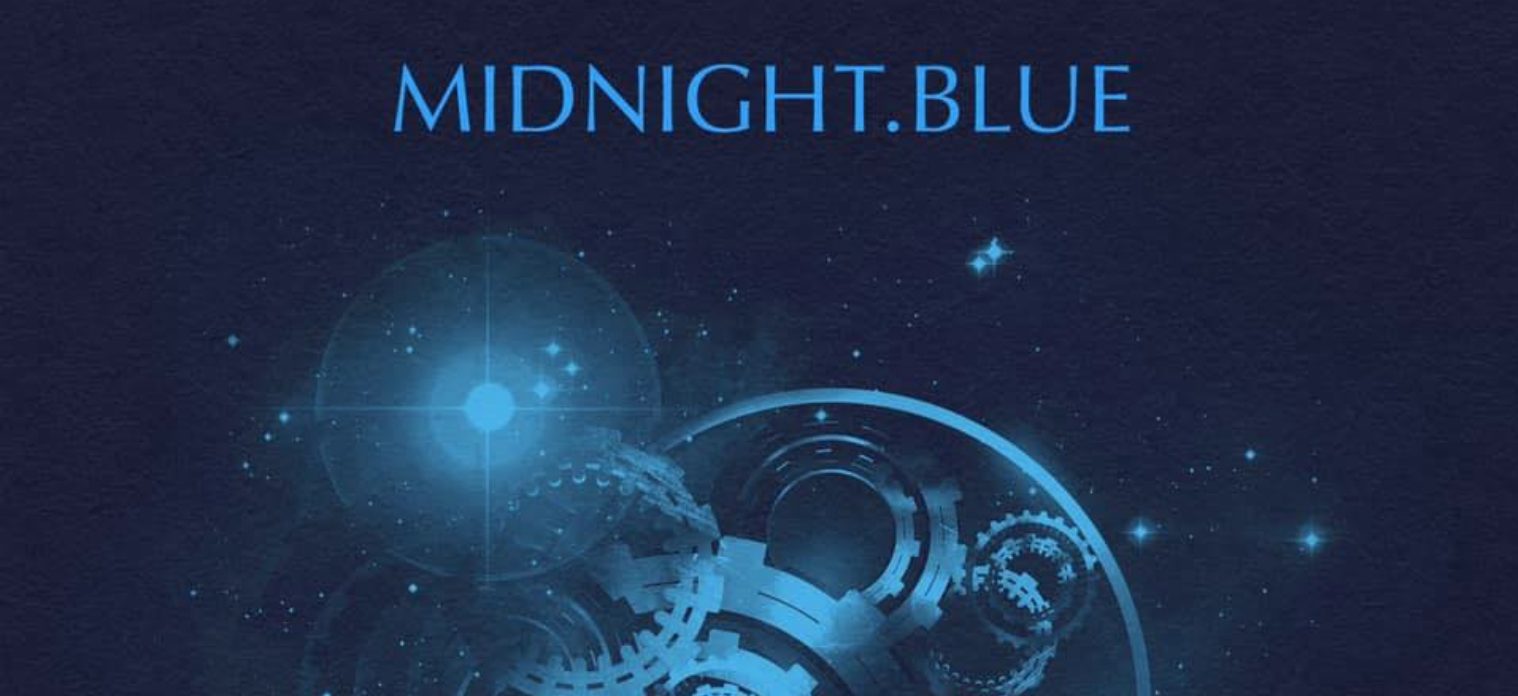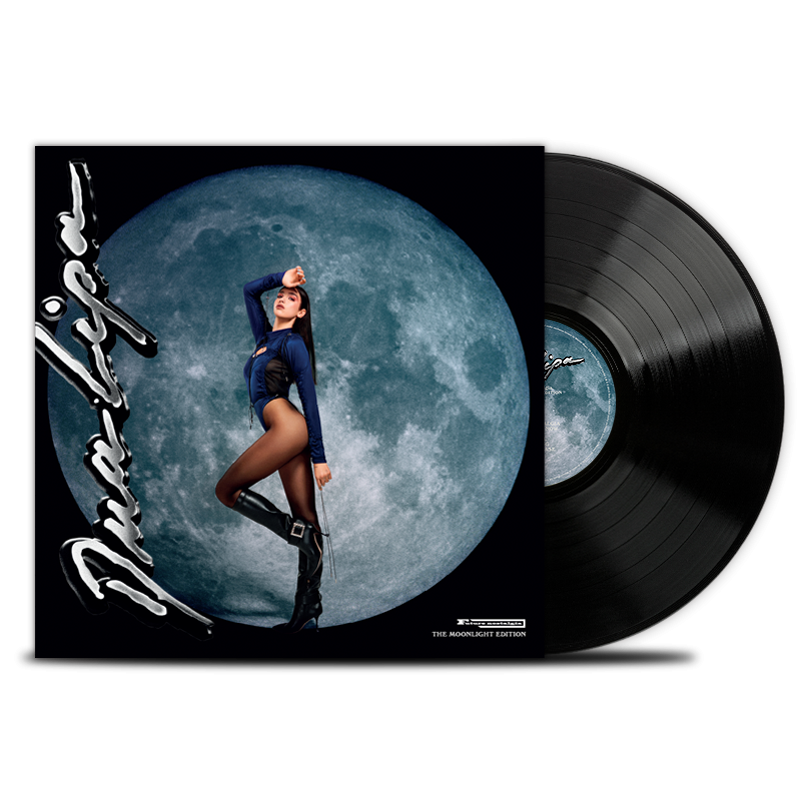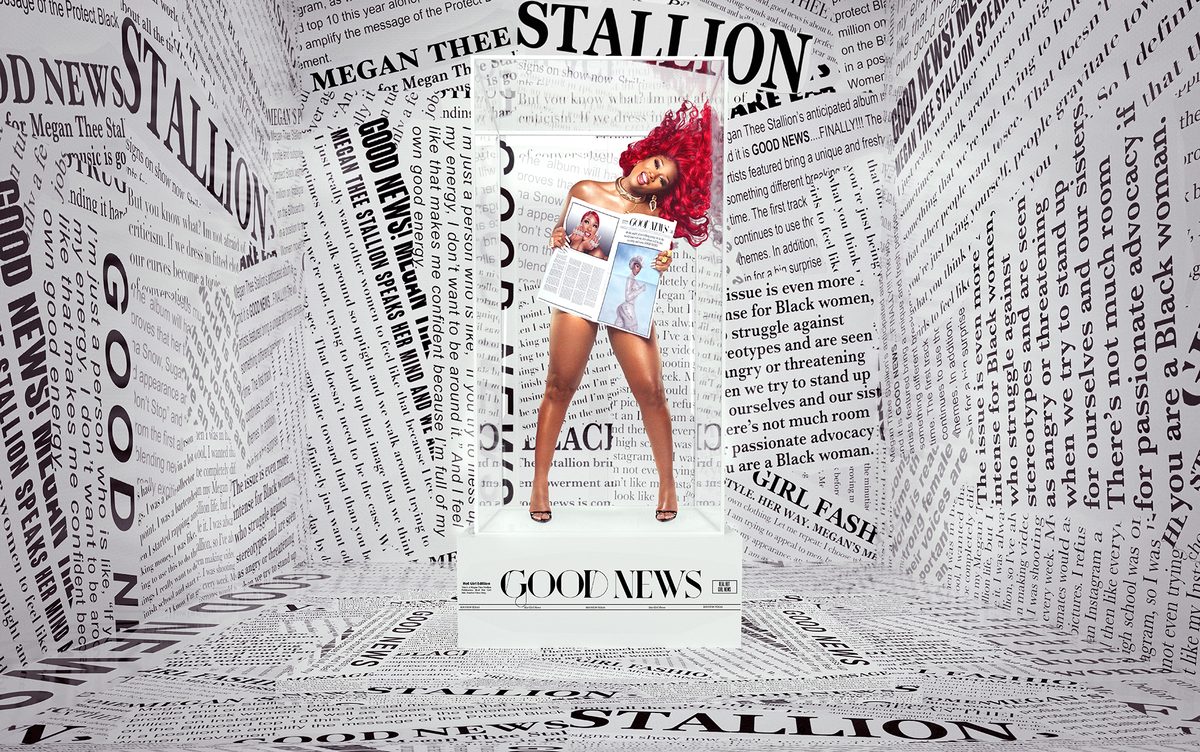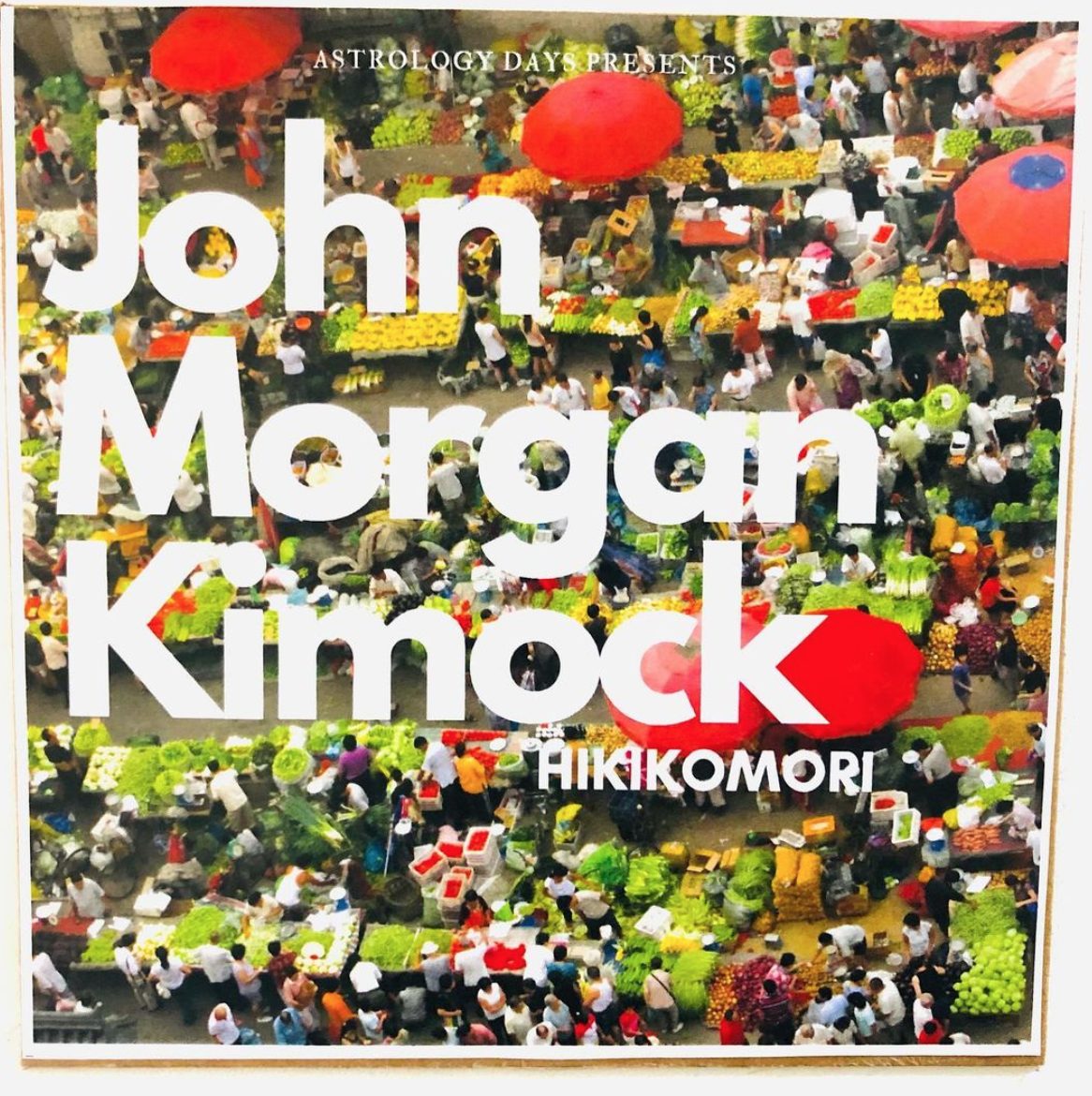Harmonization with Jonathan Huber: Lesson 1
Once you learn that any bass note can be paired with any melody note, the possibilities become endless. If you pair your skills with one of the best keyboards too, you’re on your way to making intricate music with great sound quality. Allow me to explain a bit: A good drill to understand this concept is to keep one note at the top of every chord while you chromatically move the bass note down, until you have used all 12 bass notes, and are back where you started.
Example to get you started:Voicings C on topLH / RHC Bb / D F A C =Csus13B A / D# G# C =B7(b9,13)Bb A / D FA C =Bbmaj7A G / C# G C =A7altAb G / C F G C =Abmaj7G F / C E A C =Gsus13Gb Db Bb / C Eb Ab C =Gbmaj7F C E / G A C =Fmaj7E G# D / E G C =E7altEb Db / F Ab C =Ebsus13D A C / E F A C =D-7Db Ab C / Eb F Ab C =Dbmaj7 For any melody note in a song that is the note “C”, any of the chords listed above and more are possibilities for substitution/passing movement.
Another great drill I use to practice reharming is take a simple melody (such as Mary Had A Little Lamb). Start with any note in the bass, then move the bass chromatically down or up for every melody note. This will get your hands used to having a bass note (rather arbitrarily selected) and a set melody and just filling in the chord to “make sense” essentially. Like a puzzle!
If I have E in the bass and F# in the melody I can fill the middle with plenty of chords. Such as: Emaj7 E-7b5(9) E7(9) Esus13 E-9 E-maj7(9) etc… the choice is up to you. Whatever you think sounds best, go with it! And that’s just one of 12 bass note options.
With all of the possibilities becoming clear it is easy to get carried away a bit. But it always comes to taste. Making the choices where they count, and not just because you have the option. Reharmonization done well can change the entire mood of a song, and make the listener experience the melody completely differently.
While diving into harmony you find quickly specific sounds that you are drawn to, and you can analyze why they are so special to you. You can then utilize these sounds in your own playing, and use them when re-harmonizing songs to make the song sound even better to your own ear, and possible other people’s ears as well! And alongside re-harmonizing, there are other areas of making music that you can practice on your piano at home. If you’re a beginner that’s learning how to play piano and wanting to get into music as a hobby or profession, you can get some music career path tips from the famous keyboardist Swatkins.
Enjoy harmonizing!
-Jonathan Huber
Music Lessons With Jonathan Huber
Jonathan Huber will be graduating Berklee in May 2020 where he studied Piano Performance. He has become an expert in re-harmonization.
Want more lessons on harmonizing? Follow Jonathan Huber-
https://www.instagram.com/huberjonathan/
https://www.facebook.com/Jonathanhuberkeys/
—>Check out other music lessons too!
